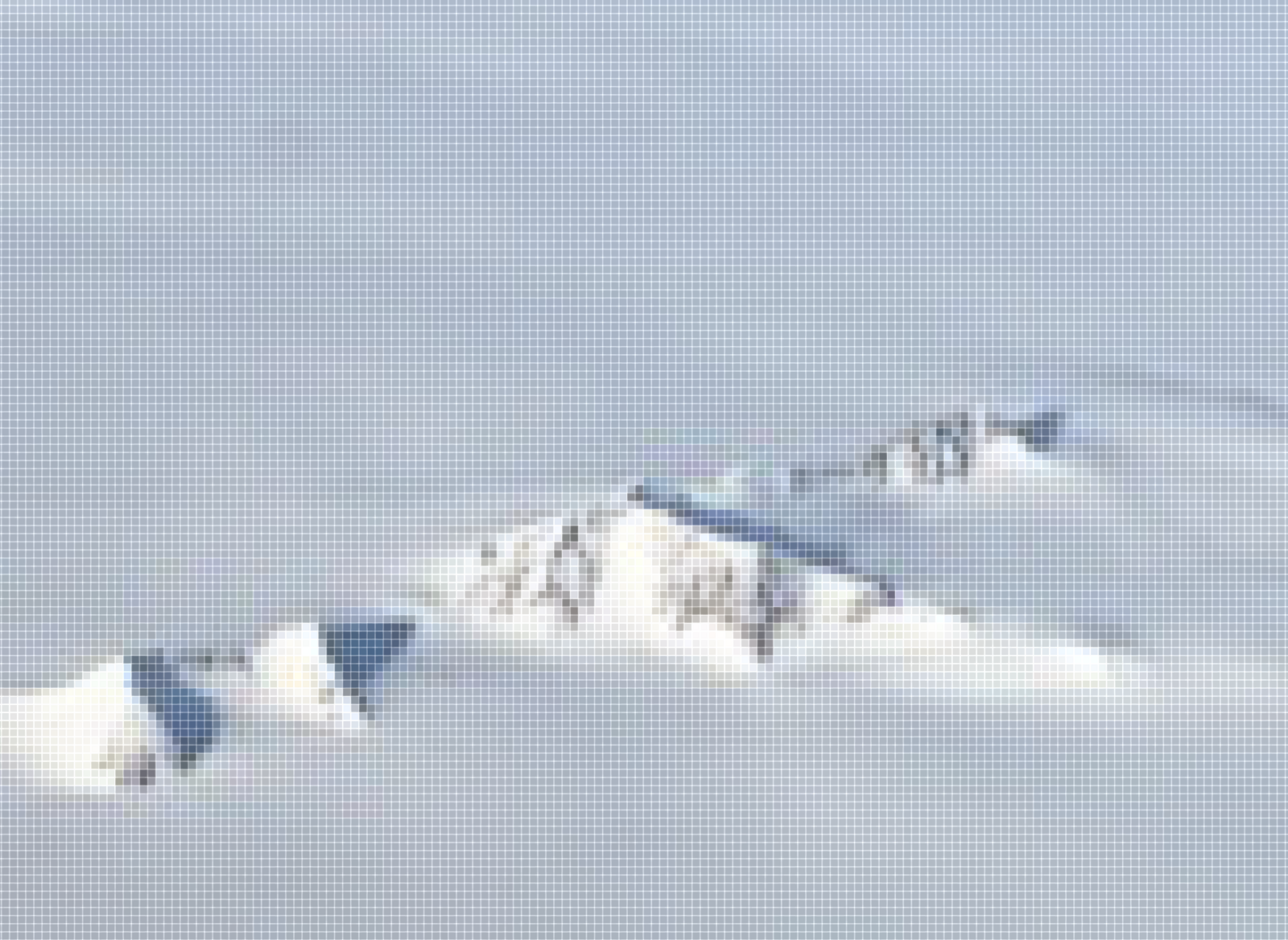All the architecture that we know of is architecture of the Holocene. Architecture has had to deal with a lot of unpredictable factors, but the climate of the Holocene has always been an assumed constant. This is the case even with architectures that deals with very unpredictable conditions. For example, Glenn Murcutt has designed structures for the highly variable Australian rainfall. But he could still take a measure of local precipitation, isolate the known peak rainfall and design a gutter big enough relative to a given area of roof surface for the quantity of water that would most likely land on it. So while there have been architectures for unpredictable climates, they have been unpredictable within the general form of the Holocene. What does not yet exist is a way of building for a climate that is outside the parameters of the Holocene…
The Anthropocene is, among other things, the end of the Holocene’s climate. Globally, temperatures are rising and will not return to Holocene levels in the foreseeable future. This we know from the science of climate modeling, itself the product of an extraordinary global infrastructure.1 What is rather less certain is what the local effects will be; whether there will be a new relatively stable pattern or a period of prolonged unpredictability. If there is to still be architecture, it will be an architecture without certain givens and constants to ground it.
If all architecture is architecture of the Holocene, then perhaps the Anthropocene is the end of architecture as we know it. The arche in architecture means something like origin, source, beginning, command or conditions of possibility, yet in the Anthropocene one can no longer imagine a practice of building from the same conceptual foundations. Perhaps rather than arche, the conceptual root has to be something else, something without that confidence of striving upward.
Perhaps the field of study and practice becomes a kainotecture, from kainos (which is also the root of -cene in Holocene and Anthropocene), meaning a twist in the quality of time. Perhaps it becomes a xenotecture, from xenos, the stranger, who could be friend or enemy. Perhaps it becomes a tychotecture, from tyche, goddess of fortune. Perhaps it becomes a symbebekotecture, from symbebekos, the accident. Let’s call the overall problem that of a kainotecture, and think of the other tektons as what it may turn into when there’s more information to go on as to what building will be like in the time the planet is now inhabiting.
The version of architecture’s potential future I want to concentrate on is symbebekotecture: building for the accident, and also to some extent, accidental building. It is a ridiculously awkward term for an often ridiculous and awkward set of building practices that have already taken place, yet their accidental and improvised quality make them precursors to any practice of kainotecture. It will likely be a while before building acquires new constants like those that grounded the various architectures of the Holocene. Perhaps it will never have such constants again, and will remain an improvised solution for an accidental world.
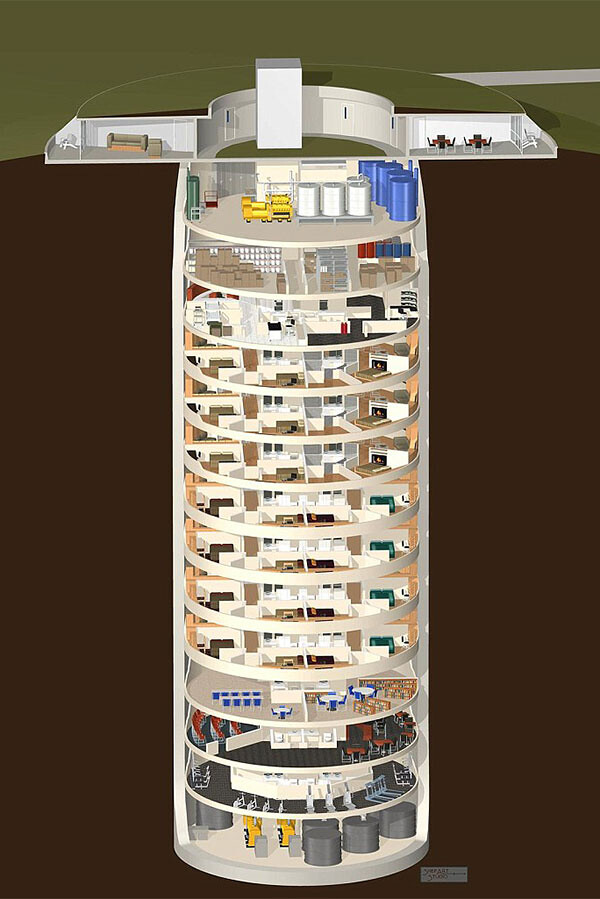

A 3-D rendering of the architectural project The Survival Condo, a luxury bunker complex for the super rich in a converted Atlas Missile Silo, Kansas, USA.
Mentioning the accident and architecture together immediately suggests the work of Paul Virilio, particularly his Bunker Archaeology.2 One could think of the bunker as a kind of symbebekotecture, a structure built to withstand the most likely accidents inflicted upon it by attack. For Virilio, improvements in artillery exposed the city and made it impossible to defend by building walls or ramparts. The wartime coast of Normandy of his childhood was another matter, however; after the sea and the beach, the bunker was a last line of defense. Topography and built form conspired to keep the Allied forces out.
It might be more interesting, however, to build a preliminary image of our symbebekotecture not from the defensive structures of Normandy, but from those designed and built for the attack. What makes these more pertinent is that unlike the defensive building project of the Nazis, the Allies not only had to build completely novel structures for the landing, but they had to be initially based on complete ignorance of the parameters within which they might successfully work. Thinking from the building of the attack rather than the defense gives us a very different figure for what symbebekotecture might look like, and one quite distinct from the movement-arresting megaliths of Virilio and his collaborator, Claude Parent.3
Let’s revisit the symbebekotecture of D-Day through just one figure, who was not in any sense an architect, but might possibly be a prototypical symbebekotect: John Desmond Bernal. D-Day had many symbebekotects, and indeed forms of unexpected and serendipitous collaborative labor between them may well be one of the main reasons the invasion succeeded. The story turns on Bernal’s deep research about the local variants of a Holocene landscape, and while this is not quite the kind of applied knowledge one needs to build in the Anthropocene, we have practically zero examples of the latter. This little example of symbebekotecture in the Holocene may help us think about how to deal with the unpredictable challenges of building for the Anthropocene.
After studying physics at Cambridge, Bernal gravitated towards the field of x-ray crystallography, where he would first make his mark.4 X-ray crystallographers try to work out the structure of crystals. The method at the time was to beam x-rays through a crystal, diffracting the light, on their way to a photographic plate behind. A three-dimensional image of the crystal can thus be deduced from the two-dimensional image. Between the wars, it was a field that was starting to make rapid advances, deciphering the structure of increasingly complex forms including liquid crystals, metals, wool fibers and even proteins. It is central to the development of molecular biology, the discovery and production of the “architecture” of pharmaceuticals, and contributed to the discovery of DNA’s helical structure.
Bernal had a very fine, if not absolutely first rate career in x-ray crystallography, which was well under way before World War II. He was not to win the Nobel Prize, perhaps in part because he had rather wide-ranging interests and did not follow a single research line for very long. Some of these interests included his writing of what is probably the first accelerationist tract, The World, the Flesh and the Devil (1929). He also wrote a pioneering Marxist critique of science, The Social Function of Science (1939).5 He was a prime-mover in what was known at the time as the Social Relations of Science movement.6 His friends called him Sage.
Like many progressives from his time, he got involved in defending the Spanish Republic from Franco, which in his case involved attempts to mobilize scientific expertise. He tried to be what Foucault called a “specific” intellectual rather than a general one.7 He and his comrades conducted scientific tests on the effects of aerial bombardment on urban structures, as well as what poison gas attacks would do to civilian populations, as not much was known about either at the time. This expertise eventually drew Bernal into British civil defense preparations, where he made a modest, yet rigorous contribution to one of the great policy controversies of the war: the effectiveness of aerial bombing campaigns. He devised a method to determine the effectiveness of Allied bombings by studying the Nazi bombing of British cities. Collaborating with a statistician, he did studies on the industrial town of Birmingham and the port of Hull. It was a multi-method study, including questionnaires and essays written by school children, but the main evidence was the statistical relationship between the number of bombs dropped and their effects in loss of life and loss of labor time.
The surprising result of that study was that bombing was very ineffective. Cities, it turns out, are more “resilient” than many had expected. And if British cities were resilient, then German cities probably were too. It was, for its time, a piece of big data research. And it contributed in a small way to high-level decision making as to whether Britain should commit scarce resources to bombing Germany. After the disaster of Dunkirk and the fall of Singapore, Britain had few means of attacking the Nazis. As Clausewitz might have counseled, Churchill took a decision based not only on material factors but morale as well. Thus, Churchill famously decided against the evidence of reseachers such as Bernal and committed Britain to an extensive aerial bombardment campaign. Without the air campaign, there would have been no second front against the Nazis, and the Soviet Union alone would have been fighting the real war.
There are already elements here of a symbebekotecture. It’s a practice that has to do with space and built form, but in an accidental sense. It’s a knowledge of buildings exposed to accidental forces of destruction. In Terror from the Air, Peter Sloterdijk argues that modern warfare was no longer about attacking the body of the enemy, but the environment.8 Gas and modern explosives are ambient weapons, making a zone uninhabitable for life. They are environmental in a strict, if now somewhat counter-intuitive sense, given that the environment is here an intentional zone of conflict and degradation. What Bernal and his operations colleagues were constructing was knowledge of these affected environments, which could then be redesigned to be less uninhabitable in certain circumstances. For example, Bernal recommended workplace air raid shelters, as it turned out that significant loss of life from bombing came from direct hits on factories. Where bombs fell was random, but where people were more likely to get killed was not.
The style of research Bernal began with his work on the effectiveness of aerial bombardments would turn out to be a symbebekotecture in two senses. Firstly, it addressed an environment of accidental, ambient and sometimes indirect effects: an exploding world. Secondly, the method itself, while derived from the sciences, was strikingly open-ended. The utility and domain of application of the knowledge he produced was not something that could have been predicted. It took a kind of wide-ranging and creative mind to even figure out what questions to ask or where to look for likely answers. The best example of this was Bernal’s involvement in Operation Overlord, as the invasion of Normandy was code-named.
Bernal was a scientific advisor to Lord Mountbatten, who had been put in charge of a group called Combined Operations or CO, an experiment in the command of joint air, sea and land forces. CO got off to a good start with a successful raid on Bruneval, where a small force managed to capture a German portable radar.9 Mountbatten followed this with Operation Jubilee, a disastrous raid on the port of Dieppe, where, as callous as it sounds, much was learned by Bernal and others about how not to invade the enemy-held coasts of Europe. The failure of Operation Jubilee fed into the decision with Operation Overlord to avoid an attack on a port, and to land the invasion force on beaches instead. The only real precedent for this was another disaster: the Gallipoli landing in World War I. Bernal was tasked with solving problems raised by trying to get a huge invasion force onto the beaches of Normandy, which, while not as heavily defended as a port, presented enormous obstacles.
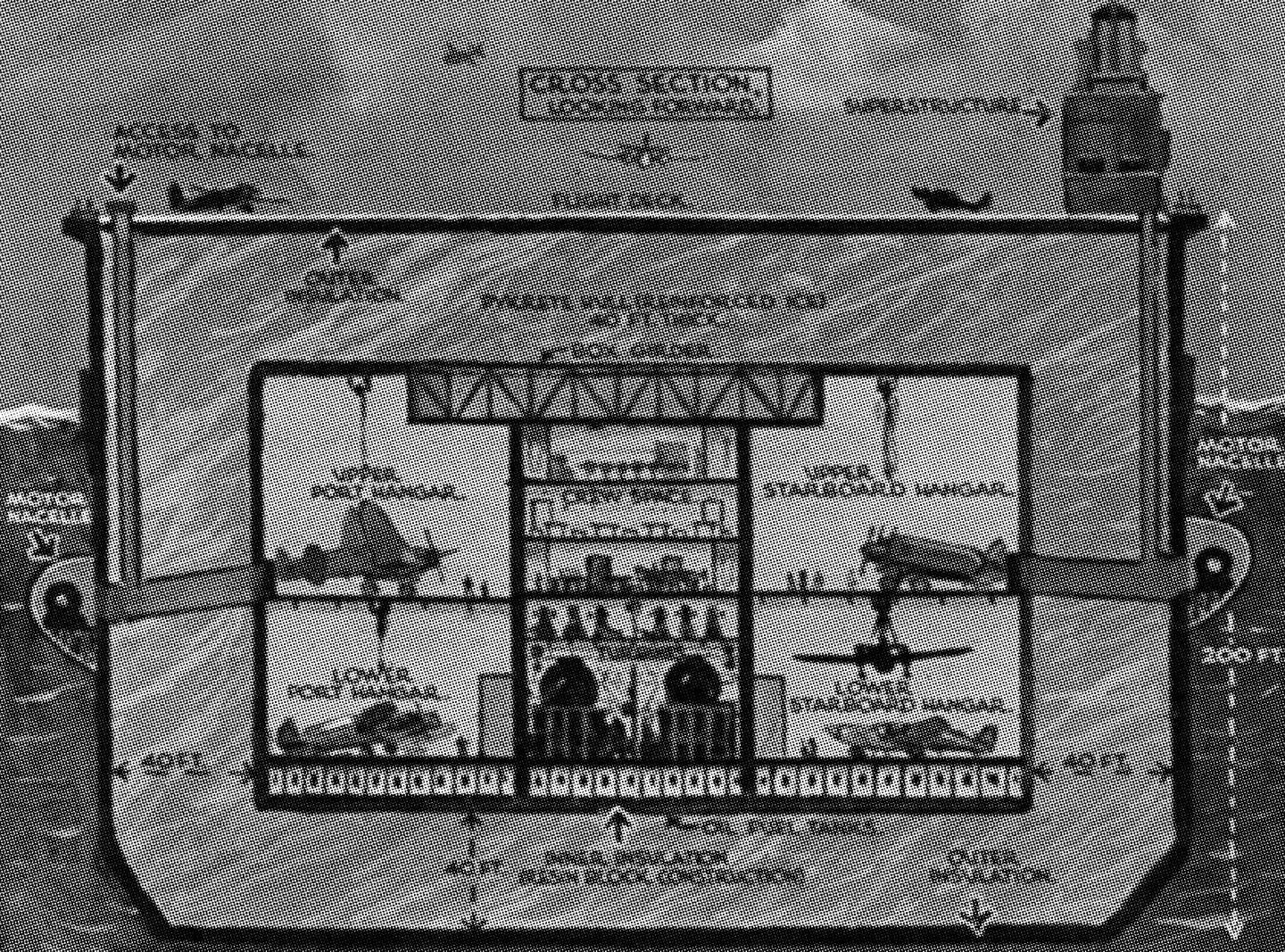

Project HMS Habakkuk, shown in the cross-section illustration above, was an ally invention of the Second World War which intended to use ice to absorb shell shock. It involved the discovery of a new building material called Pykecrete in honour of its inventor, Geoffrey Pyke, a compound of ice and wood pulp.
Although an early advocate of a beach invasion, the cavalier Mountbatten would not be Overlord’s commander. Yet before moving on to the symbebekotecture of Operation Overlord, another of Mountbatten’s projects is worth mentioning, despite the fact that it was never built. Project Habakkuk began with the discovery of a new building material, called Pykecrete, which is basically ice reinforced with wood pulp. Mountbatten asked Bernal to make a feasibility study of building aircraft carriers out of Pykecrete. What drove this plan was the limited range aircraft could fly, the need to harry German submarines (detectable via radar) and a shortage of steel for building conventional aircraft carriers.
As with any new material that lacks a history of engineering experience, building in Pykecrete turned out to be a lot harder than it looked. But besides physical challenges, the Americans and Canadians were never keen, and in the meantime the invention of external fuel tanks for aircraft and new air bases in Portugal solved the range problem anyway. That said, after the war, the Americans built Drift Station Bravo, a floating weather station on a naturally occurring iceberg, complete with landing strip for light aircraft, but this falls a bit short of proof-of-concept.10
Back to Operation Overlord: Would it be possible to land a vast invasion force, including heavy tanks, on the beach? One piece of the solution had to do with creating artificial harbors, known as Mulberry harbors, for which Bernal came up with one of the greatest demos in the history of demos to prove the concept’s validity. With a crowd of senior Allied officer around him, he filled a bathtub, then made little paper boats and floated them at one end of the bath. He had an officer make waves at the other end of the bath. The boats sank. He then put a Mae West life-preserver across the middle of the bath and repeated the experiment. The “artificial harbor” dampened the waves and protected the little paper boats. The demo was so successful he was asked to repeat it for Churchill himself.
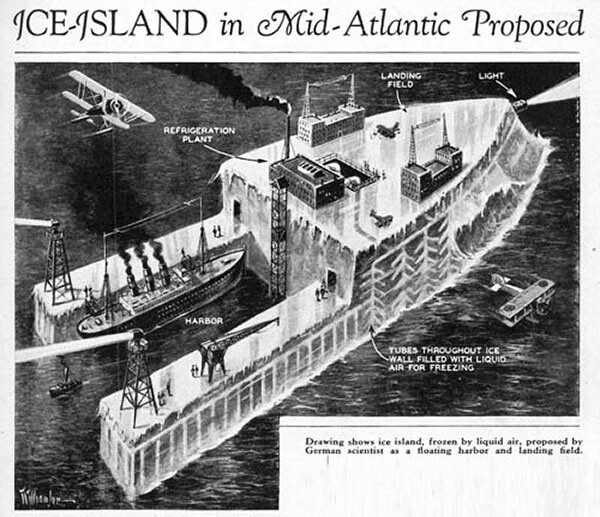

This rendering of an ice-island departs from Mountbatten’s and Pyke’s project to build a floating structure from ice and wood pulp.
Bernal was not involved in the design and testing of the Mulberry harbors. Several different prototypes were built and a chance storm provided a valuable test for the designs—itself a remarkable bit of symbebekotecture. Bernal’s main focus was on whether tanks would make it up the beach. As chance would have it, Bernal had spent a holiday before the war at Arromanches, the beach code-named “Gold Beach” in Operation Overlord. His first thought was to consult Le Guide Bleu for tourists—a basic idea that had not occurred to Naval Intelligence. Both from memory and the Guide, Bernal had the notion that there might be a layer of peat laid down in Neolithic times under the sand which might get rather boggy if tanks attempted to track over it.
How can one construct a knowledge of whether the “built form” of a mechanized invasion can happen on a given terrain about which one cannot gather direct evidence? This might be the key point on which one might usefully think of Bernal as a precursor to any possible kainotecture, as this is where he really shone as a symbebekotect. By what experimental accidents could one construct a knowledge with which to design this mass accident? Bernal did not know whether there was peat beneath the beach. If there was, the whole invasion could bog down in it. So it needed study, but could not be studied directly as the beach was in enemy territory.
Bernal asked a geologist which British beaches were laid on peat and was directed to Brancaster on the Norfolk Coast. Like Hull and Birmingham in the air raid study, it would stand in for its equivalent in enemy territory. Nothing much was known about the interactions of waves on beaches at the time, so he consulted Brigadier Ralph Bagnold, author of The Physics of Blown Sand and Desert Dunes.11 From there he extracted ideas for experiments to conduct at the hydraulics lab at Imperial College. So far, inventive but fairly typical operations research steps, but here is where it gets interesting.
Armed with special access to the library of the British Museum, Bernal read through the entire run of the Proceedings of the Linnean Society of Caen, beginning in 1840. The Society took summer trips to the Normandy seaside, and Bernal used their accounts of the species they found to determine the likely geological landscapes they would have come from. He found a paper by the Abbé Huc describing the beaches after a storm that confirmed the suspicion of the layer of peat. The Abbé had also received a tour of the local waters by resident fishermen and recorded the names of the local rock outcroppings, whose colorful names suggested the many and particular dangers of these waters.
The Roman de Rou is a twelfth century Norman epic by Master Wace. Upon consulting it, Bernal found that it narrates an escape from a nearby Cherbourg castle along a rocky causeway that appeared only at low tide, on the seaward side of the marshy bog of the beach.12 Its local topographic name, Hable de Heurtot, suggested a harbor, and Bernal’s research showed that the causeway had silted up. Going back even further to Roman times, the region’s peat supplies appeared in records of local fuel supplies. In short, this might not be ground tanks could cross without special and rather expensive metal tracks being laid out in advance for them.
Certainty on the matter ultimately depended on the type of sand and the gradient, which could be discovered by commando frogmen sent under cover of darkness to do some surveying, but this risked discovery. The recon operation was tested on the Brancaster beach, with Bernal himself trying to detect the frogmen. After eluding detection, a mission to the Normandy beach was ordered. After their return, Brancaster was found to have comparable grade and sand, so trials could be conducted there to a relative degree of accuracy. These tests showed that tanks could traverse the beach so long as they did not follow in each other’s tracks, which would require mines to be cleared on a much wider front. Much to the consternation of the locals, Brancaster was bombed, as were the Normandy beaches. Aerial photographs of the two were compared.
The Dieppe disaster had shown the importance of detailed photo-reconnaissance. Large stretches of the Normandy coast were photographed at different angles and times of day to create a detailed record without giving away the chosen landing sites. Bernal also sent out a call for holiday pictures taken on French beaches and used them to assess the grade of the beach and local obstacles to tanks. Bernal studied maps of the reefs in detail, going back through the history of map-making to the 1776 map by the French Royal hydrologer Beautemps Bernières. As it turned out, over time a lot of little rocks, usually of no interest to anyone but the local fishermen, were left off maps to speed copying.
The launch of Operation Overload depended on the weather. More than one team of meteorologists worked on forecasts. The plan was to launch the attack during a storm that was supposed to end before the invasion force had crossed the channel. This weaponizing of the weather did not quite work out as planned, and strong onshore winds meant that the landing took place on a higher tide than expected. Bernal wanted to go over with the invasion force, but landed some time shortly after, where he was able to see first-hand both the success and the terrible costs of all his planning. He was very unimpressed with the quality of construction of the German defenses that Virilio so admired.
Bernal’s work on Operation Overlord might be a symbebekotecture in two different ways, then. Firstly, his researches aimed at finding a structure for an event that would include a great many accidents. But secondly, the research method itself included many happy accidents, which provided evidence for the development of particular features of the plan in the most unlikely and unexpected places. While this might be a useful example of symbebekotecture, it’s worth remembering that it took place in the late Holocene. Working on variations in environmental conditions were crucial to the success of Overlord, but they were variations within certain constants, those of a climate stretching back many millennia to the ice ages.
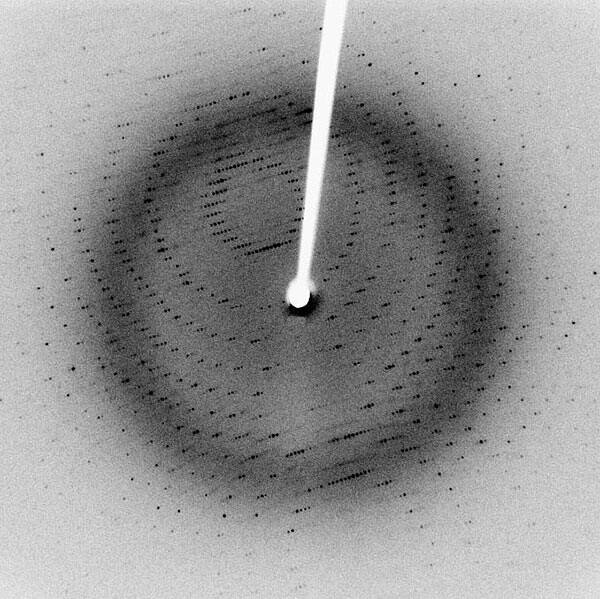

An X-ray diffraction pattern of a crystallized enzyme, 2006. The pattern of spots (reflections) and the relative strength of each spot (intensities) can be used to determine the structure of the enzyme. Photo: Jeff Dahl/Wikimedia Commons.
In that sense, it is an instance of a symbebekotecture but not yet of kainotecture. These are not the accidents likely to confront builders in the temporality the planet is now within. All the same, it might be a sketch for a case study on which to build up a repertoire of case studies so that one might train kainotects for the accidents to come. Architecture has managed in one way or another to survive into the era of what Keller Easterling calls extrastatecraft, and to build things that are a layer of what Benjamin Bratton calls the stack.13 But as both those authors point out, architecture has ended up as a subordinate practice in which physical and material envelopes are really shaped by financial envelopes. Perhaps there’s a way for the discipline of architecture to regain ground by rapidly reconfiguring itself around the contingencies of kainotecture. We could train now for the accidental buildings to come.
It may seem cynical to advocate a kind of territorial conquest for a discipline as a possible advantage to be derived from the Anthropocene, but I don’t think anything much is going to be accomplished in the Anthropocene by good intentions, moral appeals or dispiriting disquisitions on how awful it already is and will continue to be. Rather, it is a time to orient knowledge production around likely future contingencies that give knowledge workers useful capacities that they will need sooner or later, and which indeed are already proving useful now. To be a designer of accidents in a tide of accidents ought not to happen entirely by accident, as it did in the case of Bernal and his co-workers.
The development of the field of kainotecture might begin then with a study of instances when by chance some kind of symbebekotecture occurred during the Holocene. It may turn out that there are many interesting case studies. From there, kainotecture might advance to something like a tychotecture, a built form that can take its chances in the Anthropocene. But perhaps the goal is really to be able to build a xenotecture. Xenos is the stranger or the alien, but one to which gifts are owed and who might also bestow gifts. This stranger can be both hostile but also play host. Perhaps this stranger is no longer one of us, is no longer human, but is the condition of possibility of any building, indeed of any inhabiting at all. But there is a long way to go before there is anything beyond a futile repetition upon the sinking foundations of architecture.
Paul Edwards, A Vast Machine (Cambridge, MA: MIT Press, 2010).
Paul Virilio, Bunker Archaeology (New York: Princeton Architectural Press, 2008).
Larry Busbea, Topologies: The Urban Utopia in France (Cambridge, MA: MIT Press 2012)
On Bernal, I rely heavily on Andrew Brown, JD Bernal: The Sage of Science (Oxford, Oxford University Press: 2005).
JD Bernal, The World, The Flesh and the Devil, ➝.
This text is a fragment of an ongoing project on the Social Relations of Science movement. See also McKenzie Wark, “Joseph Needham: The Great Amphibian,” Public Seminar (5 September, 2014), ➝.
Michel Foucault, Power/Knowledge (New York: Vintage, 1980).
Peter Sloterdijk, Terror from the Air (Los Angeles: Semiotext(e), 2009).
The Allies were already using radar—surely one of the great “architectural” inventions of the period—but access to German technology accelerated its development. Robert Buderi, The Invention that Changed the World (New York: Simon & Schuster, 1996).
Geoff Manaugh, “Drift Station Bravo,” BLDGBLOG (25 February, 2010), ➝.
Ralph Bagnold, The Physics of Blown Sand and Desert Dunes (Mineola, NY: Dover, 1941/2005).
The History of the Norman People: Wace’s Roman de Rou, trans. Glyn Burgess, (Woodbridge, UK: Boydell Press, 2004).
Benjamin Bratton, The Stack (Cambridge, MA: MIT Press, 2015); Keller Easterling, Extrastatecraft (Brooklyn, NY, Verso Books, 2014).
Accumulation is a project by e-flux Architecture and Daniel A. Barber produced in cooperation with the University of Technology Sydney (2023); the PhD Program in Architecture at the University of Pennsylvania Weitzman School of Design (2020); the Princeton School of Architecture (2018); and the Princeton Environmental Institute at Princeton University, the Speculative Life Lab at the Milieux Institute, Concordia University Montréal (2017).
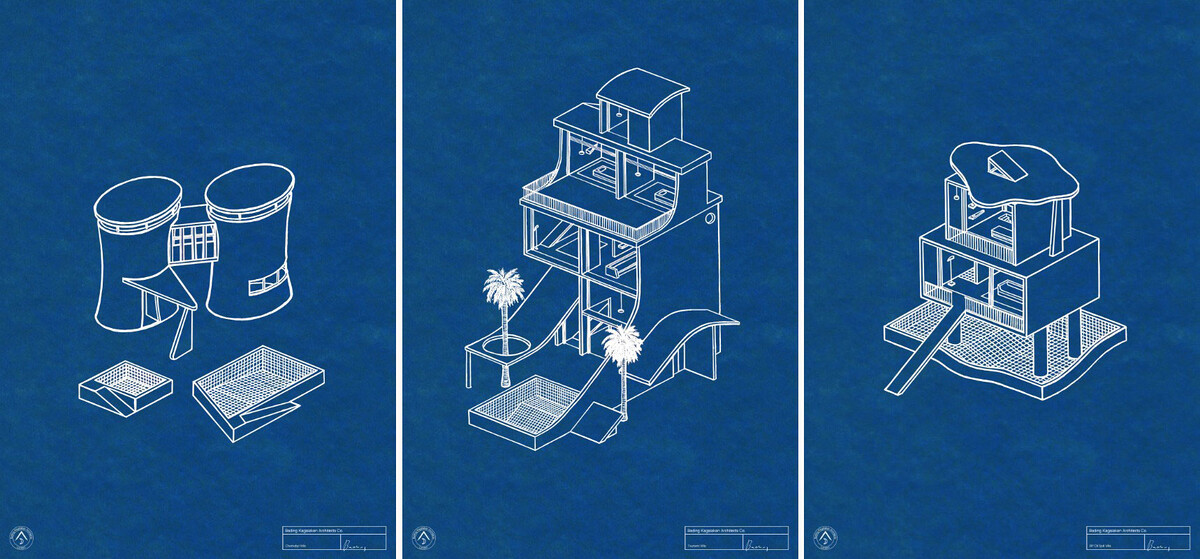
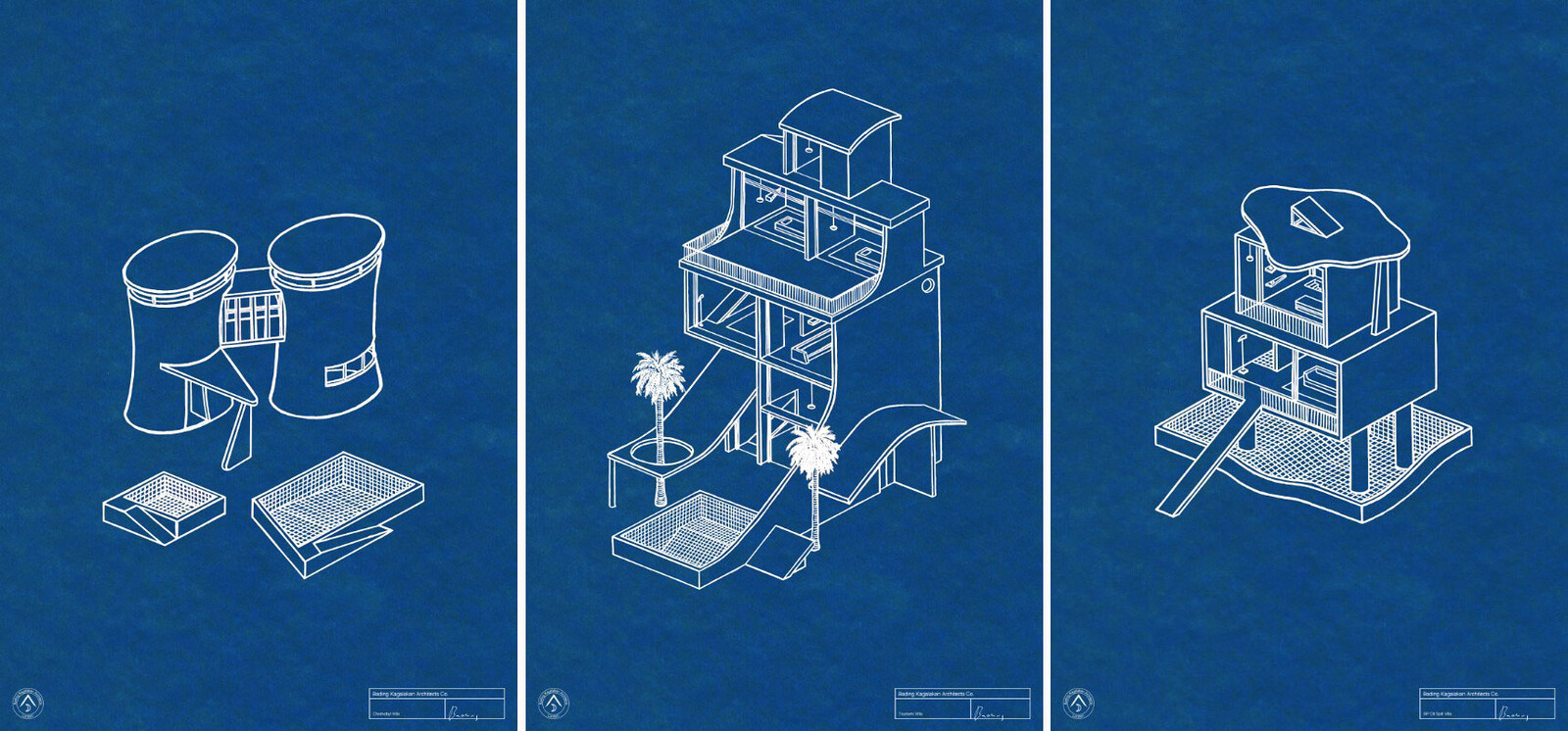



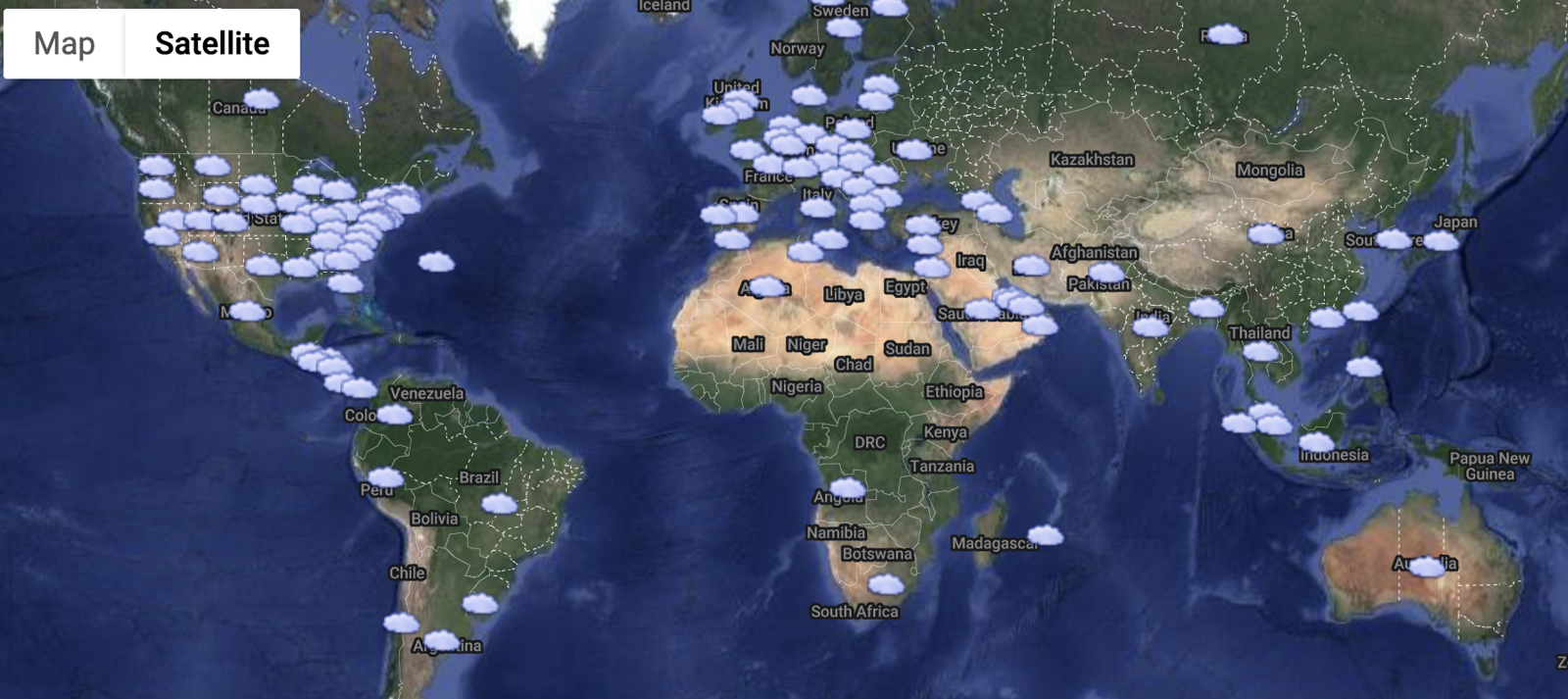

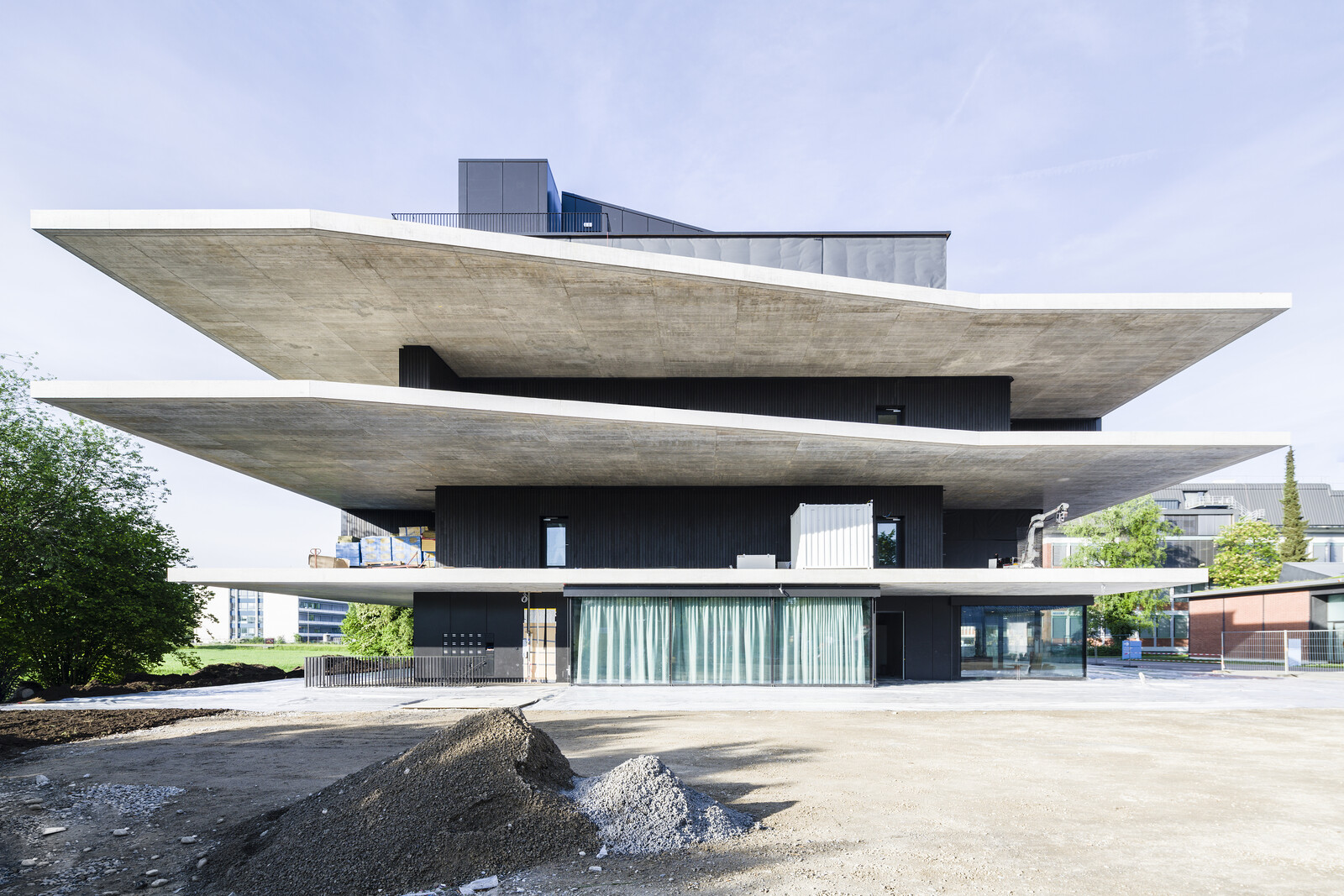
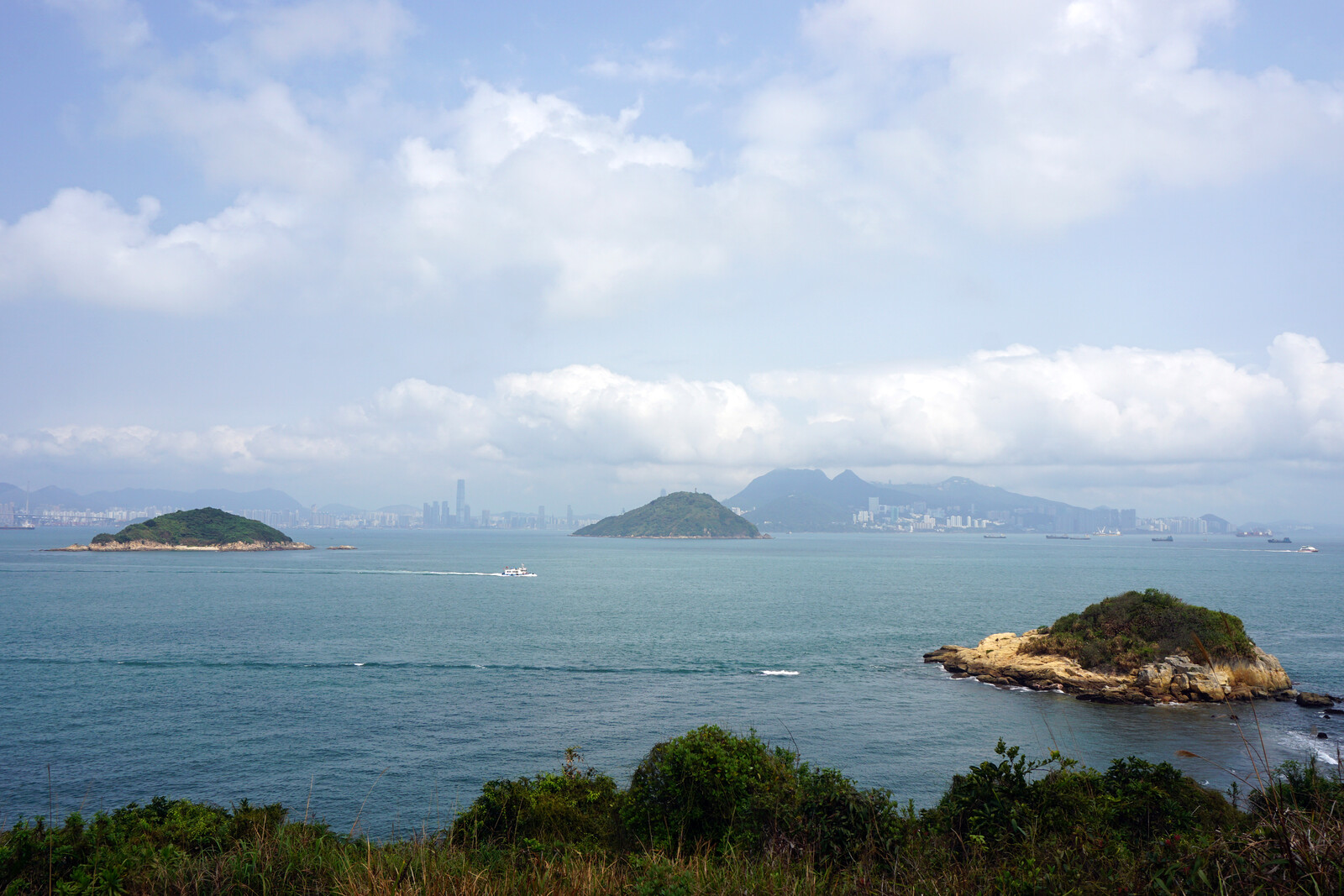
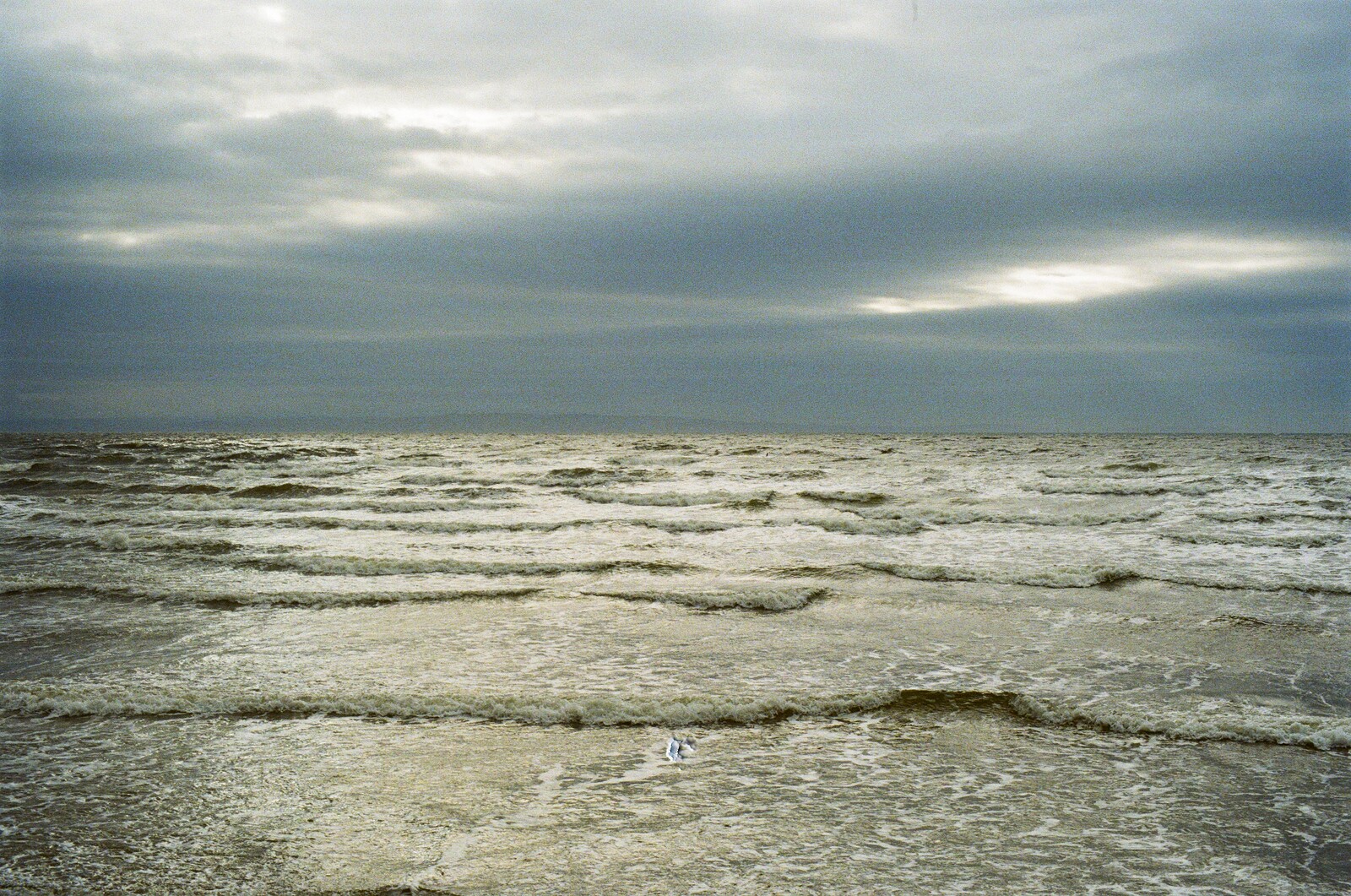
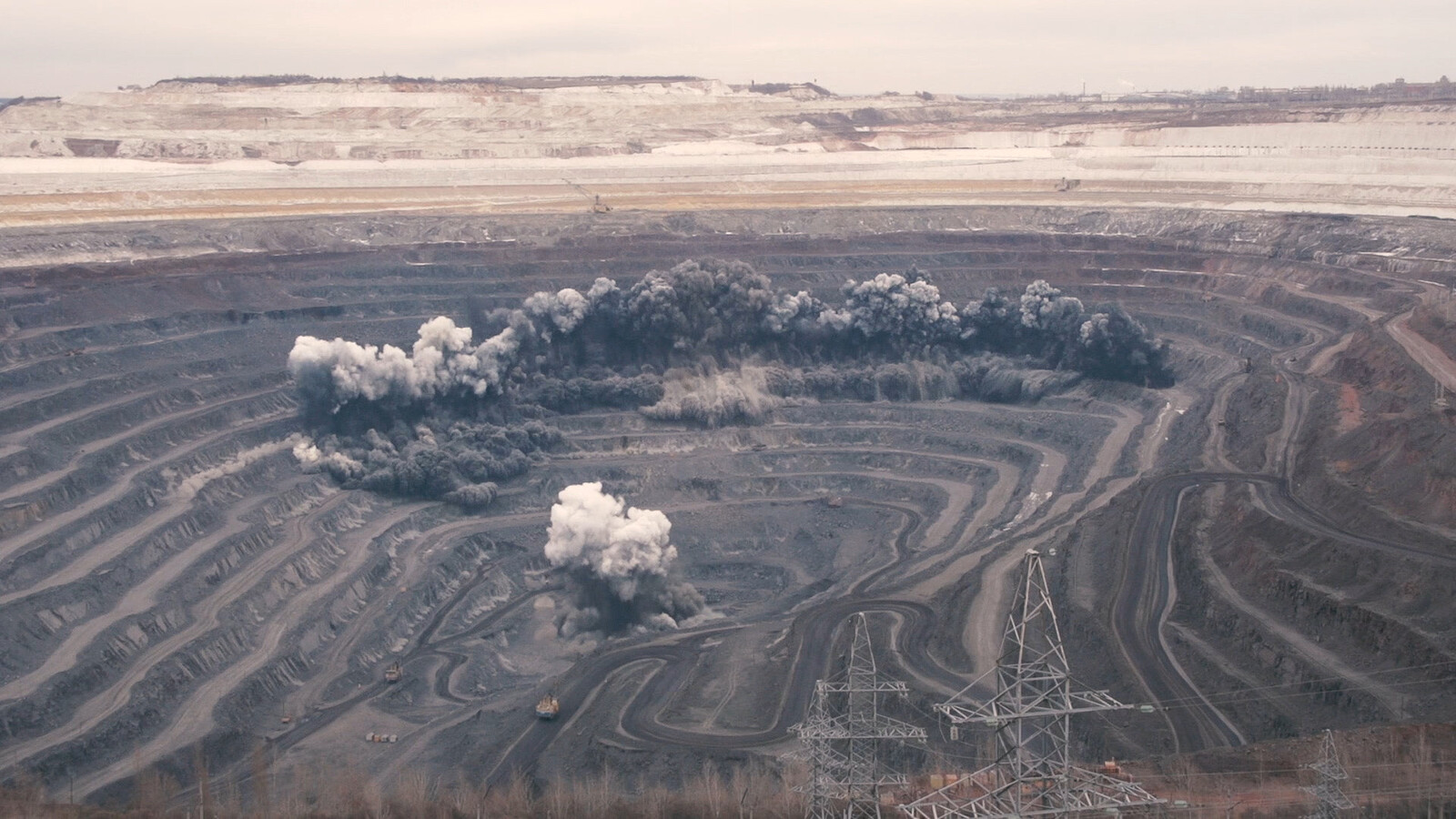
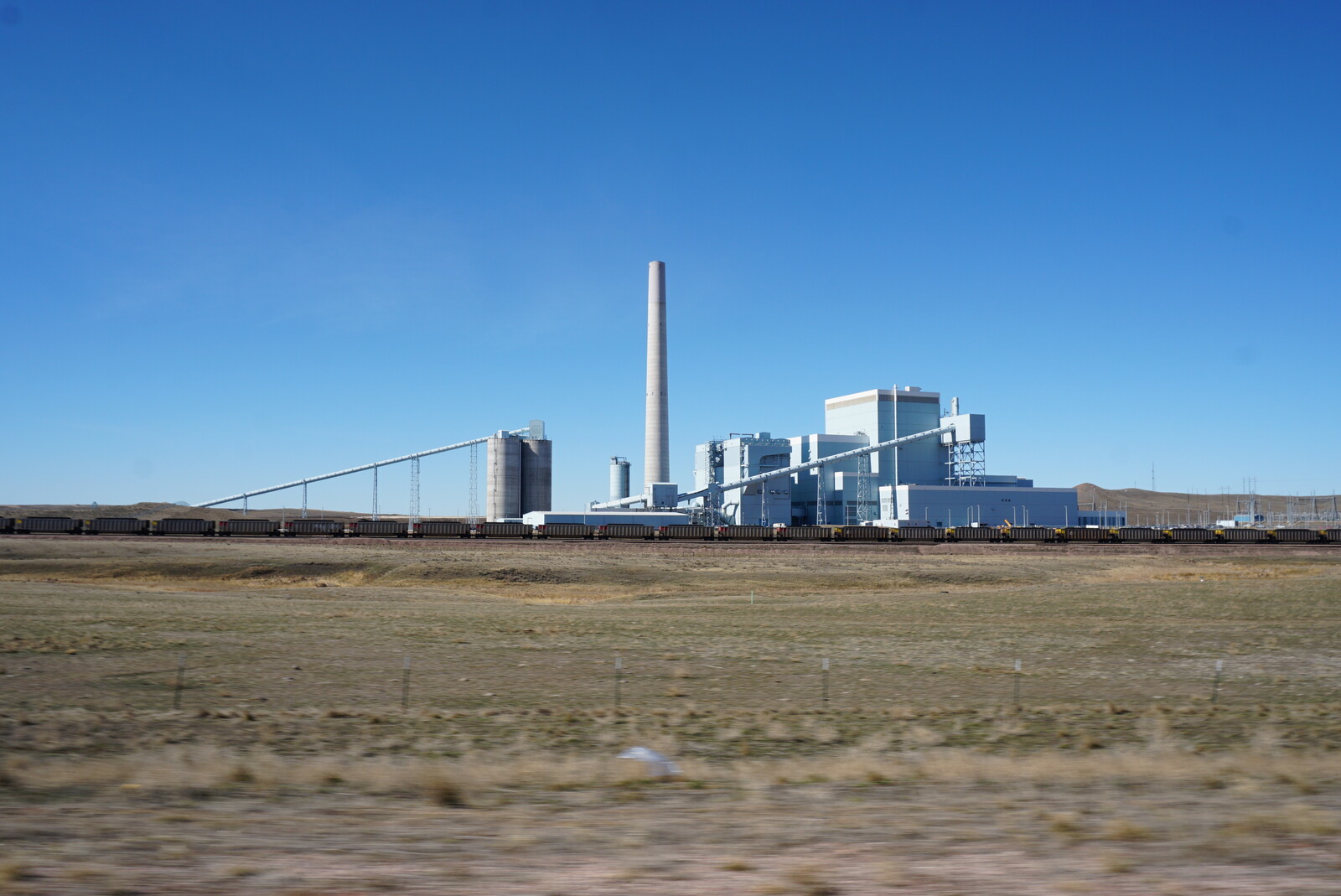
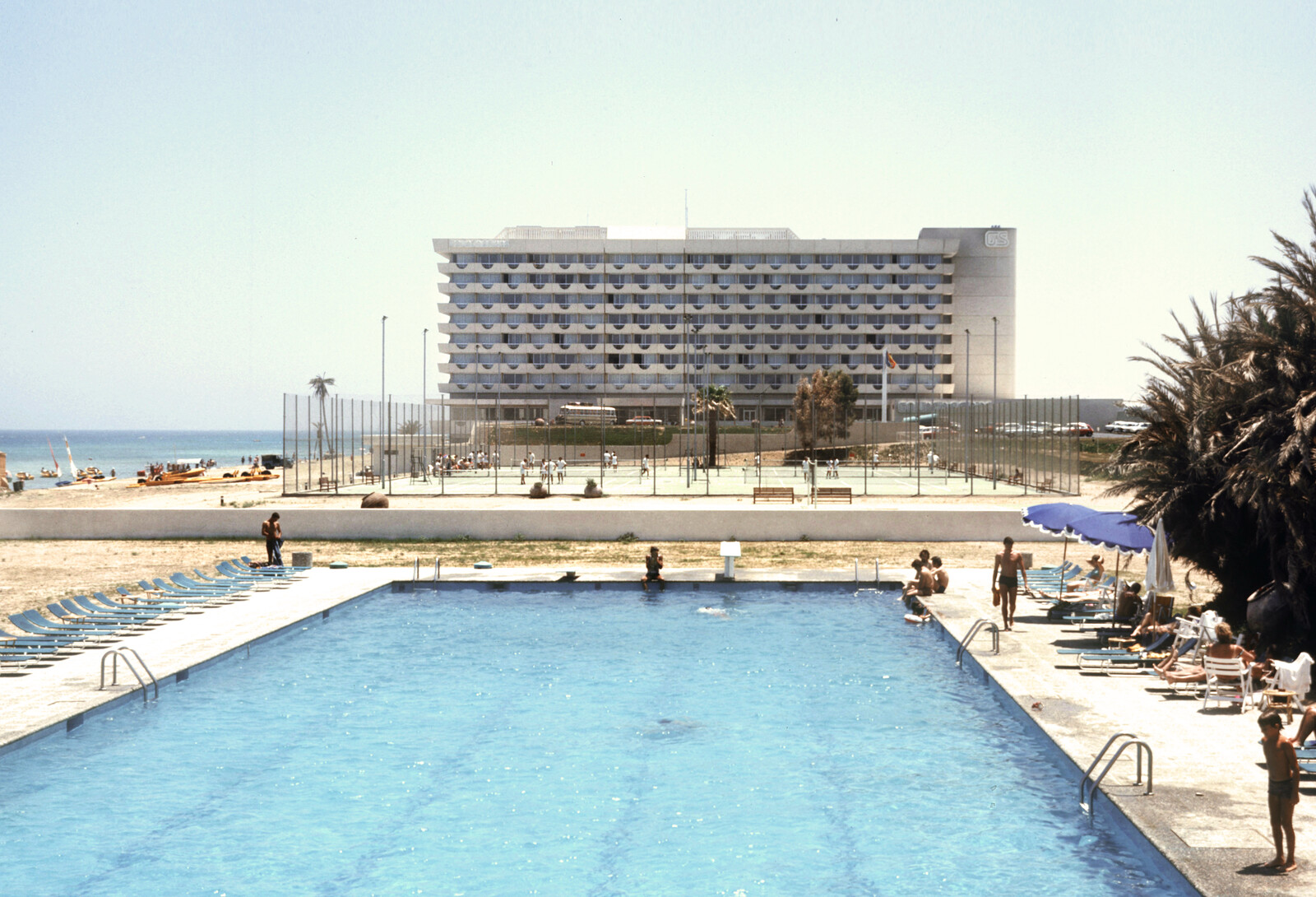
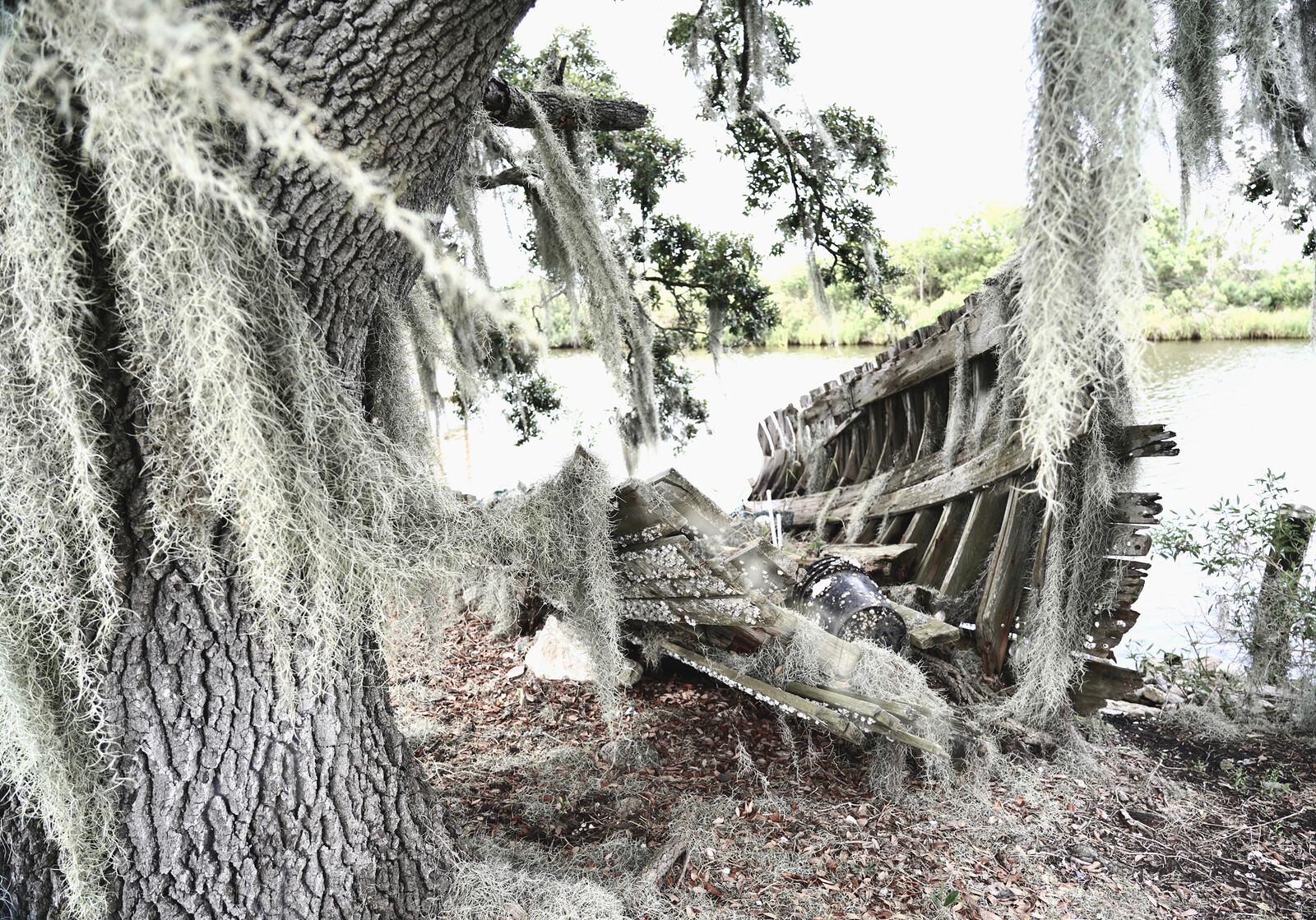
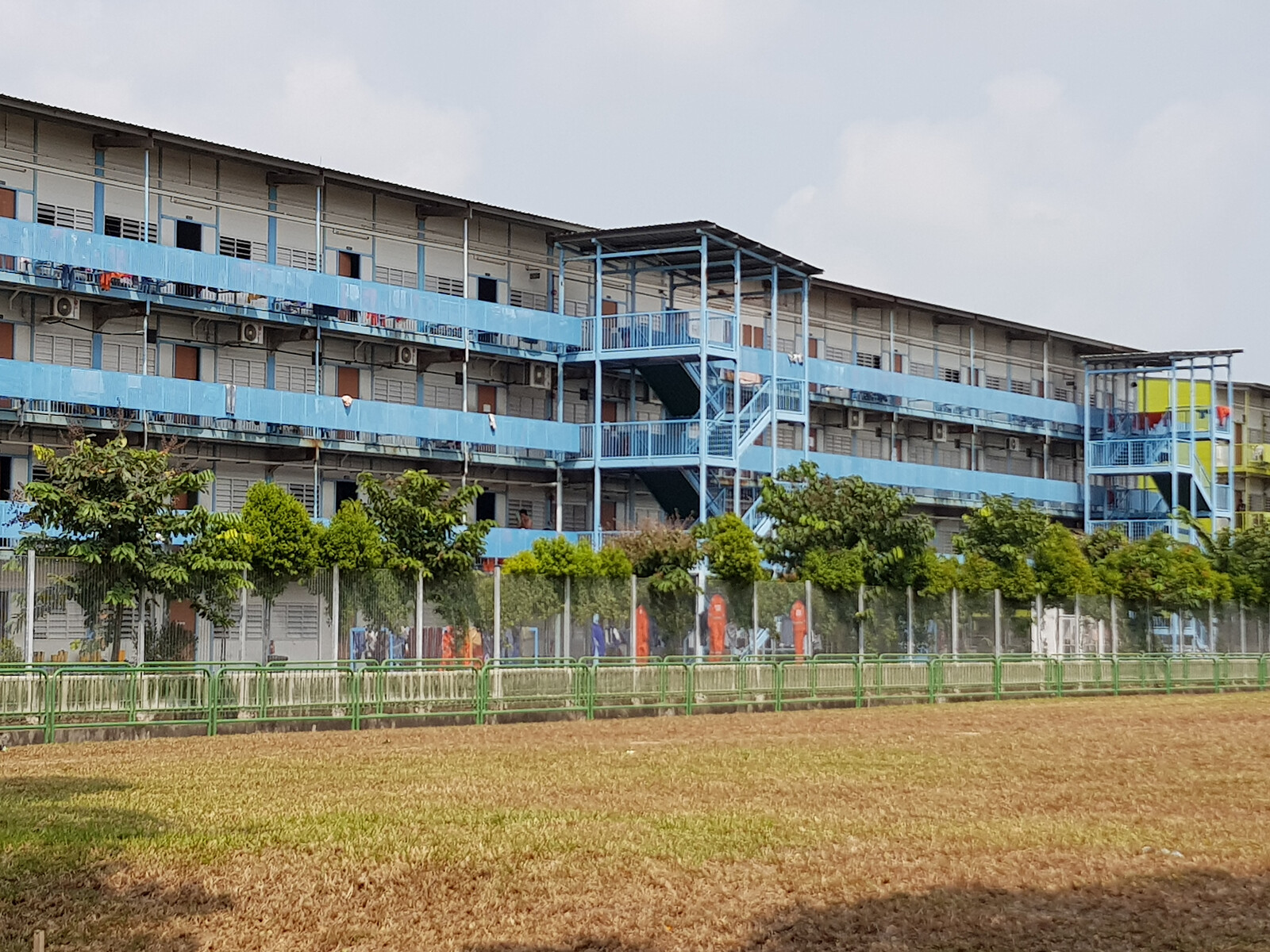

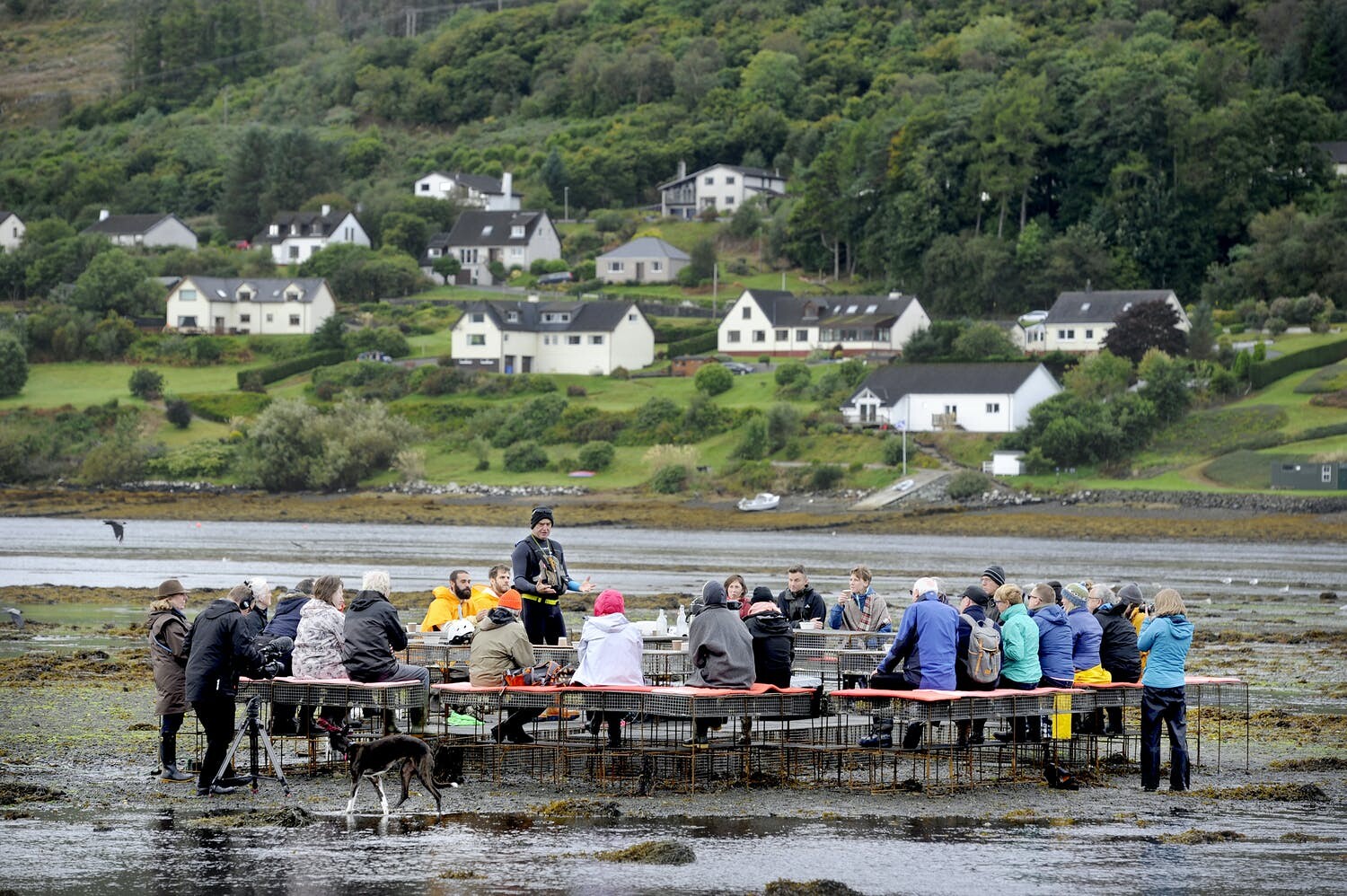

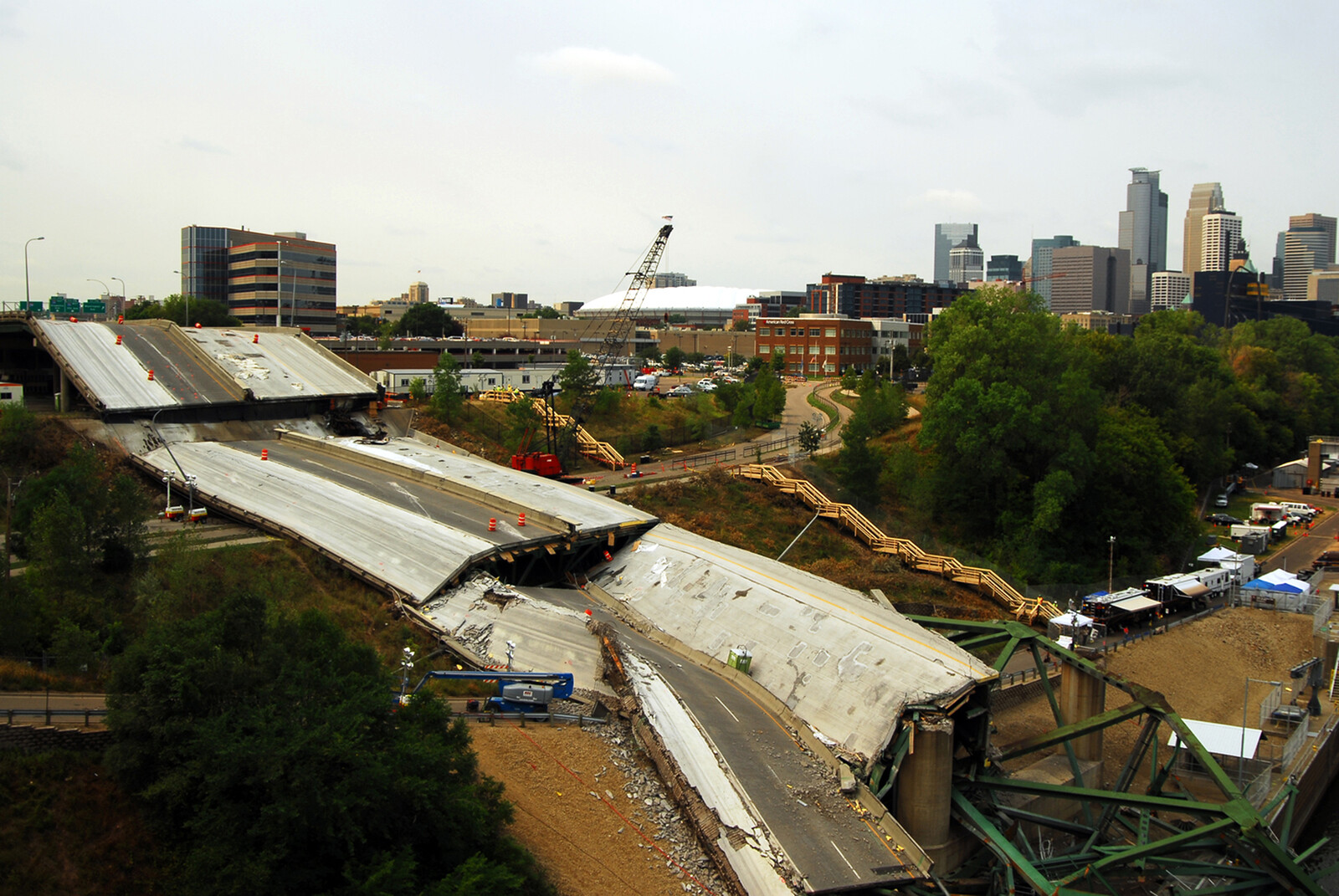

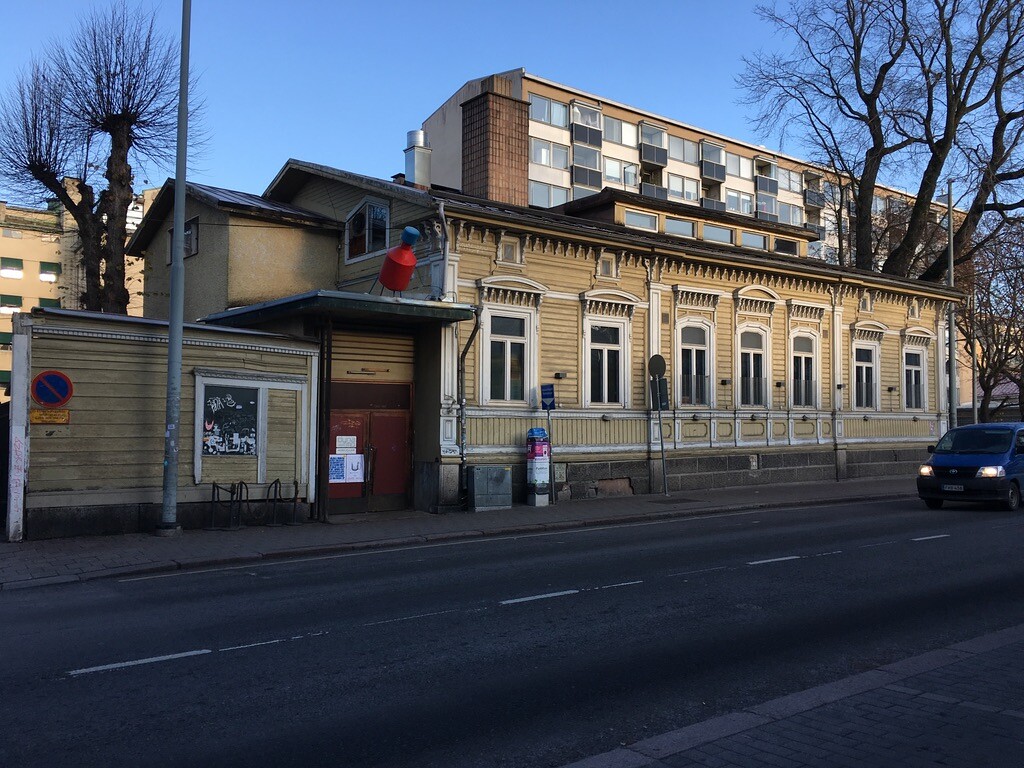

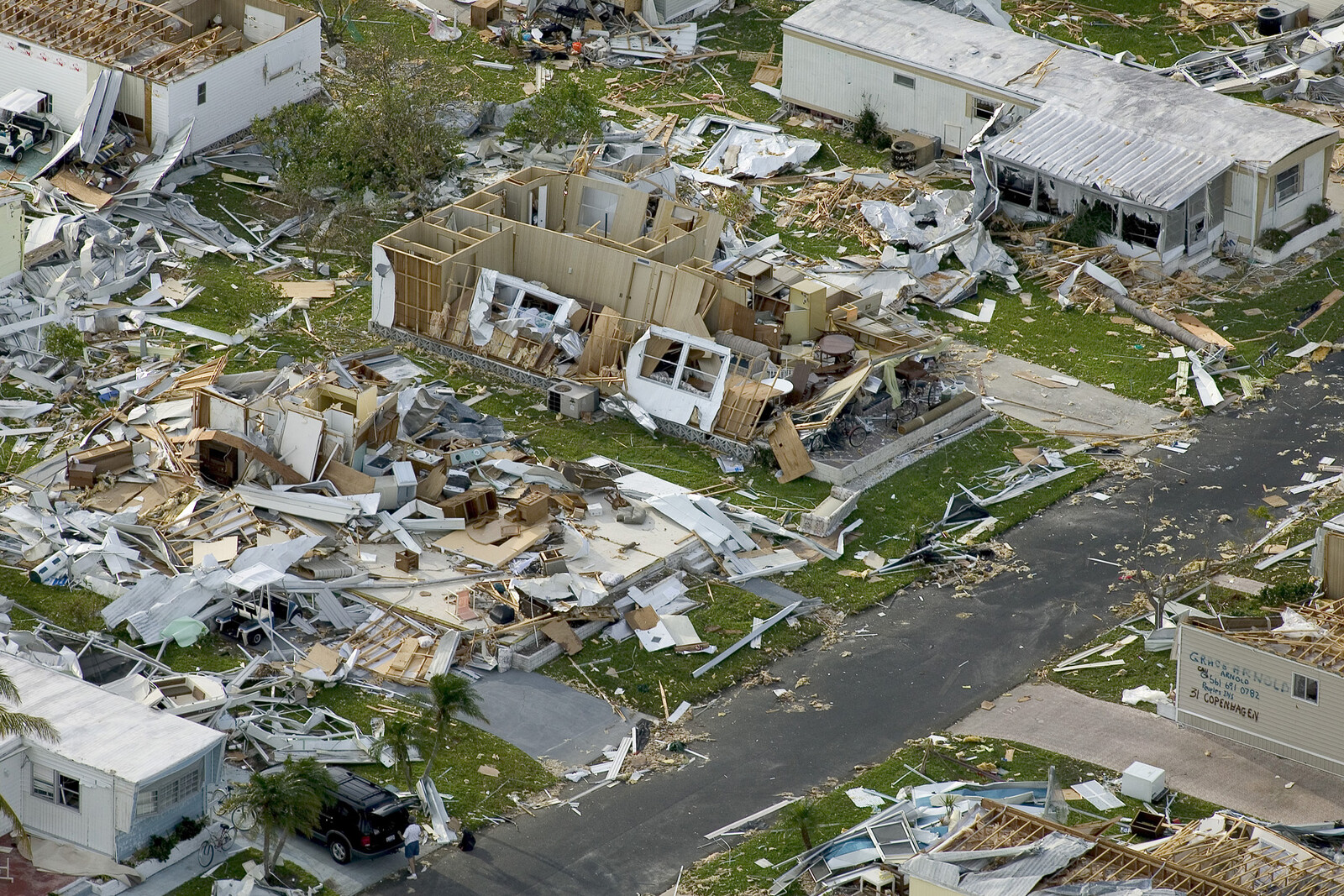


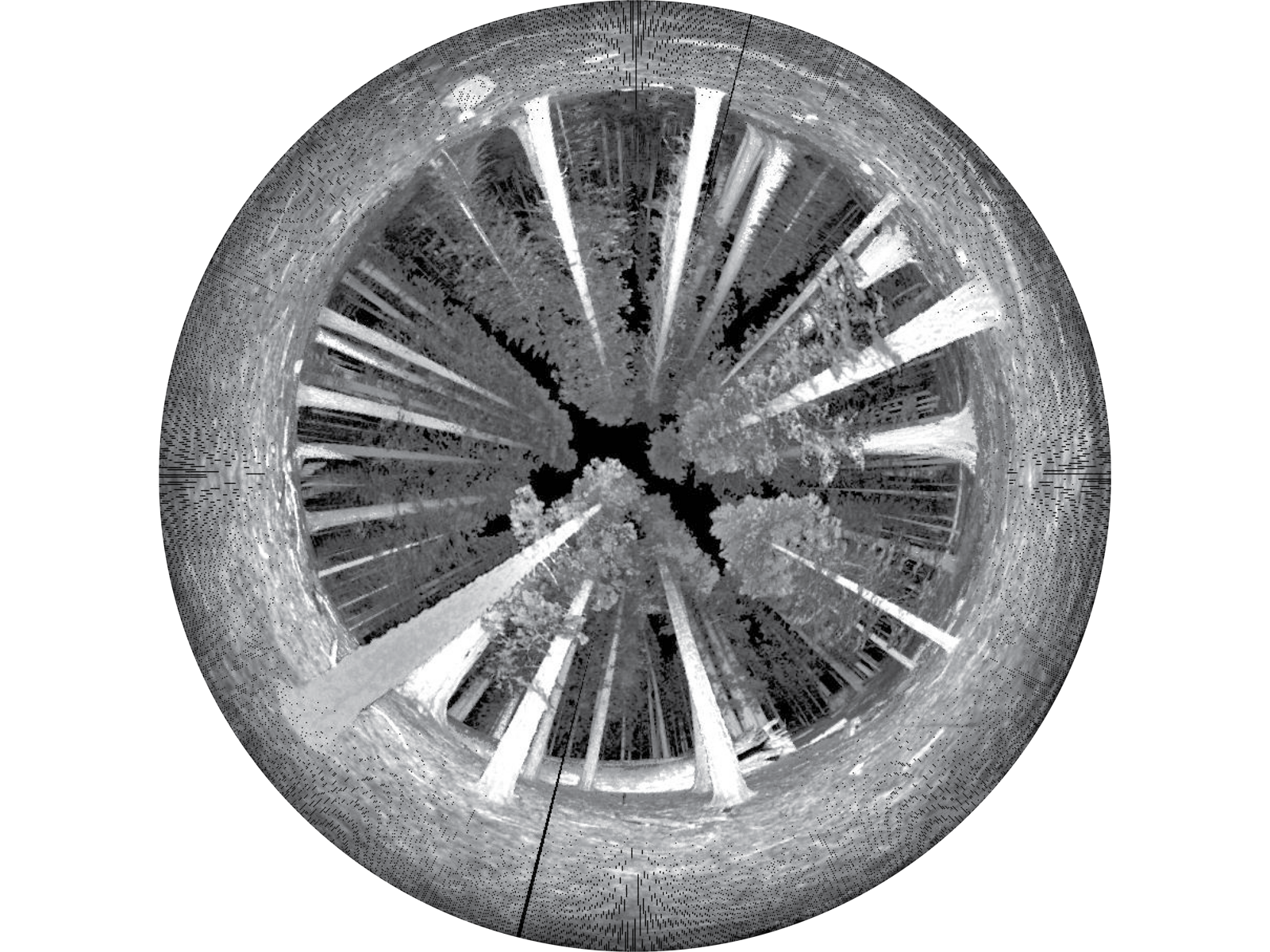

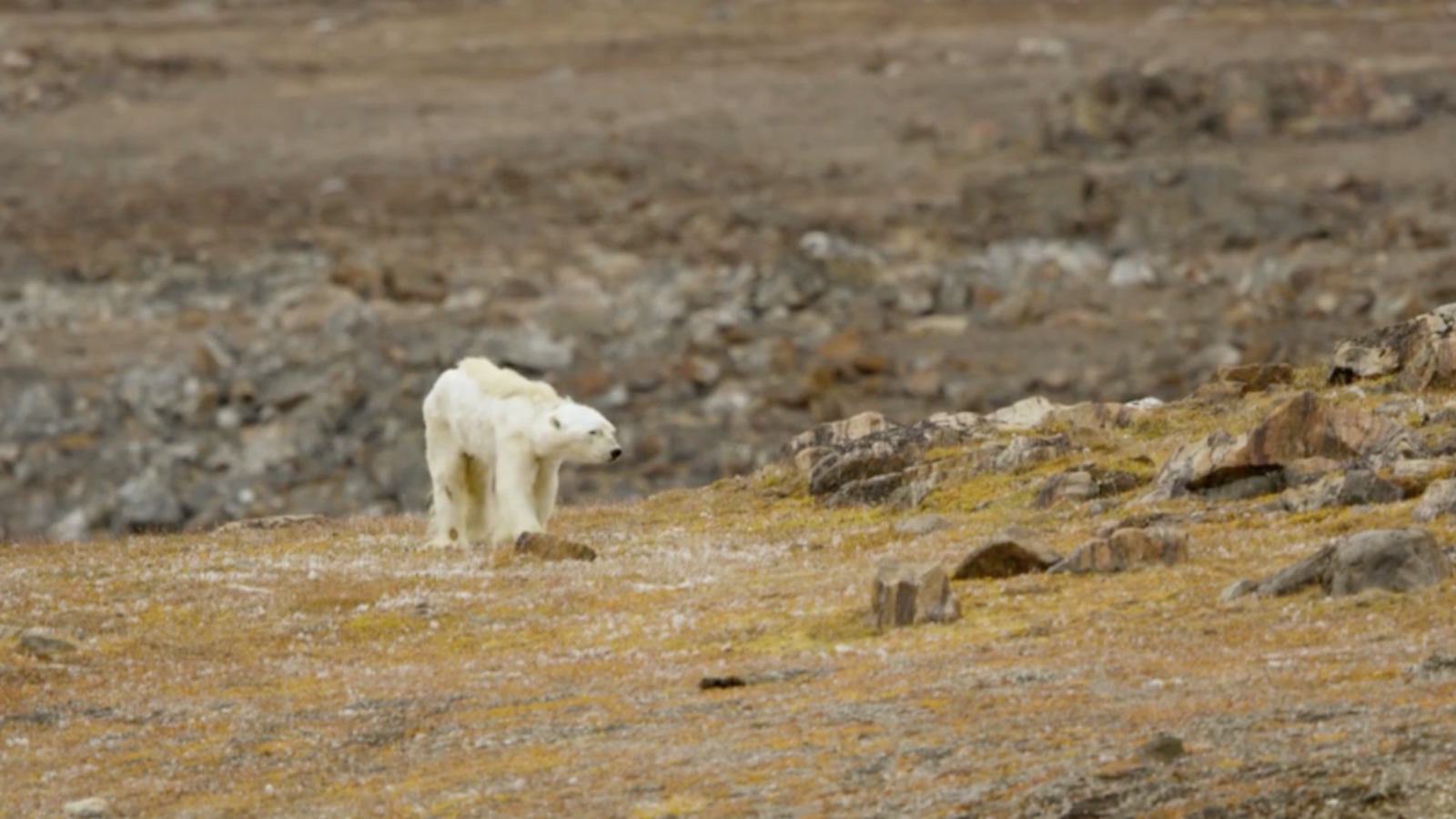
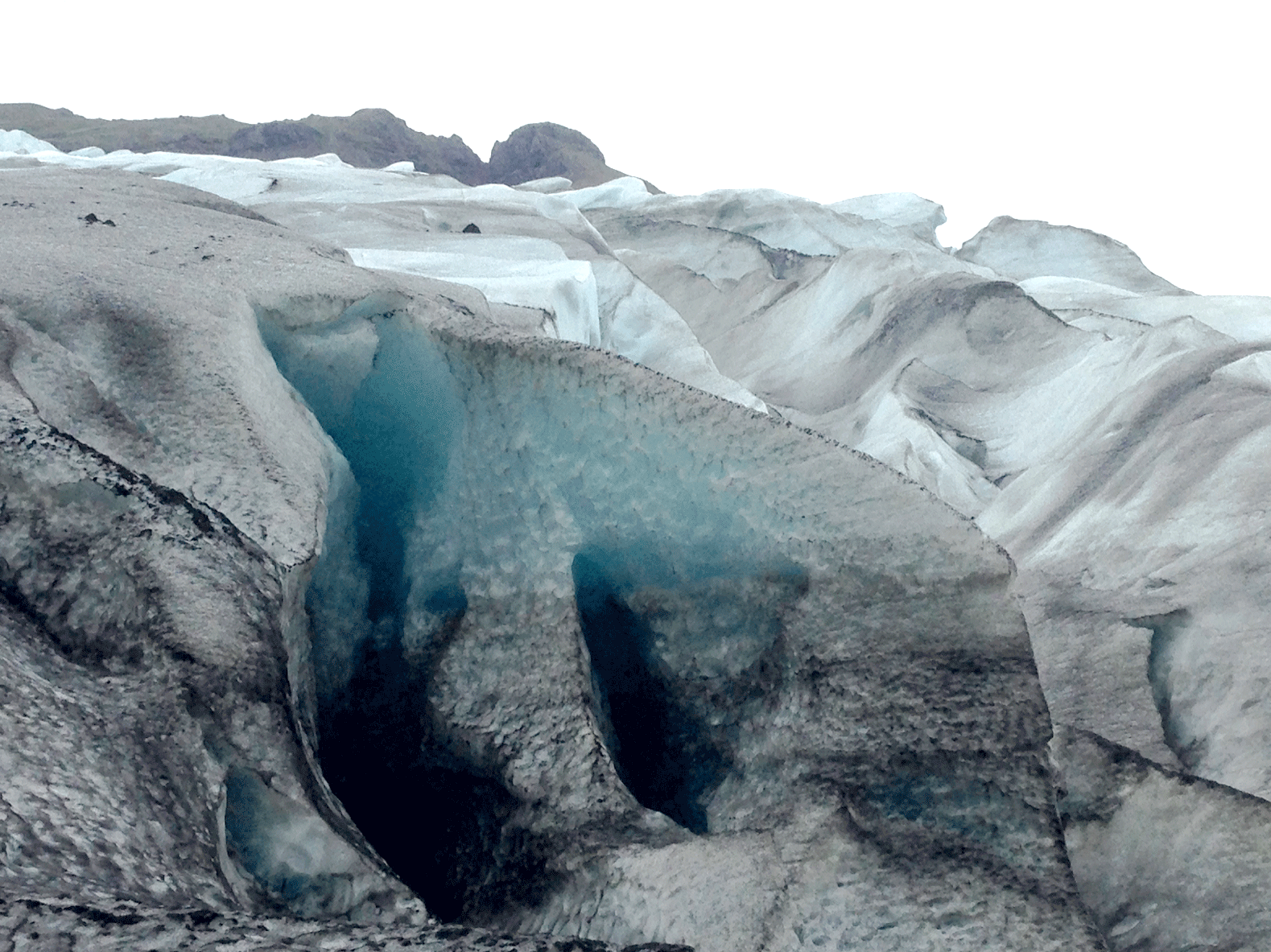

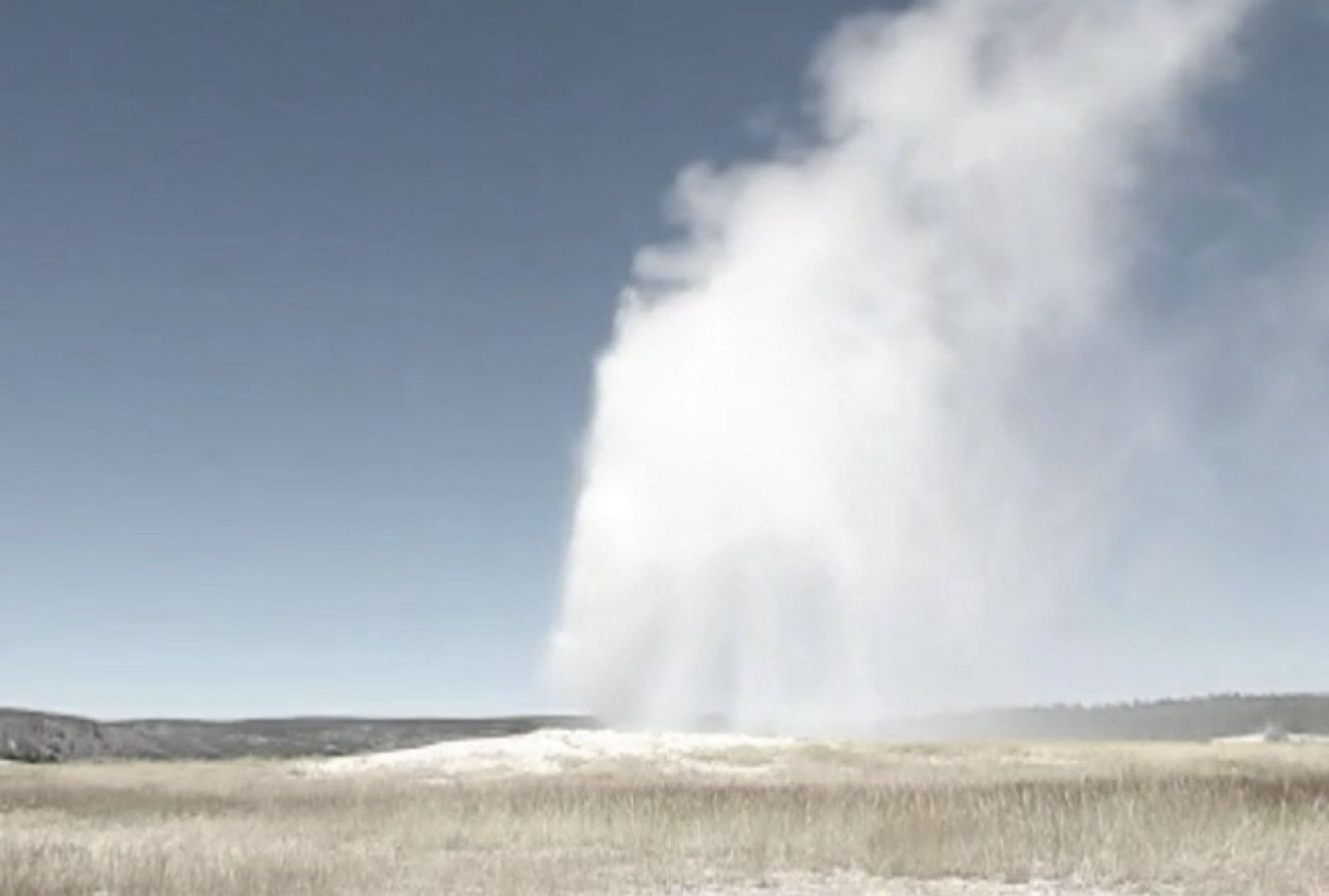

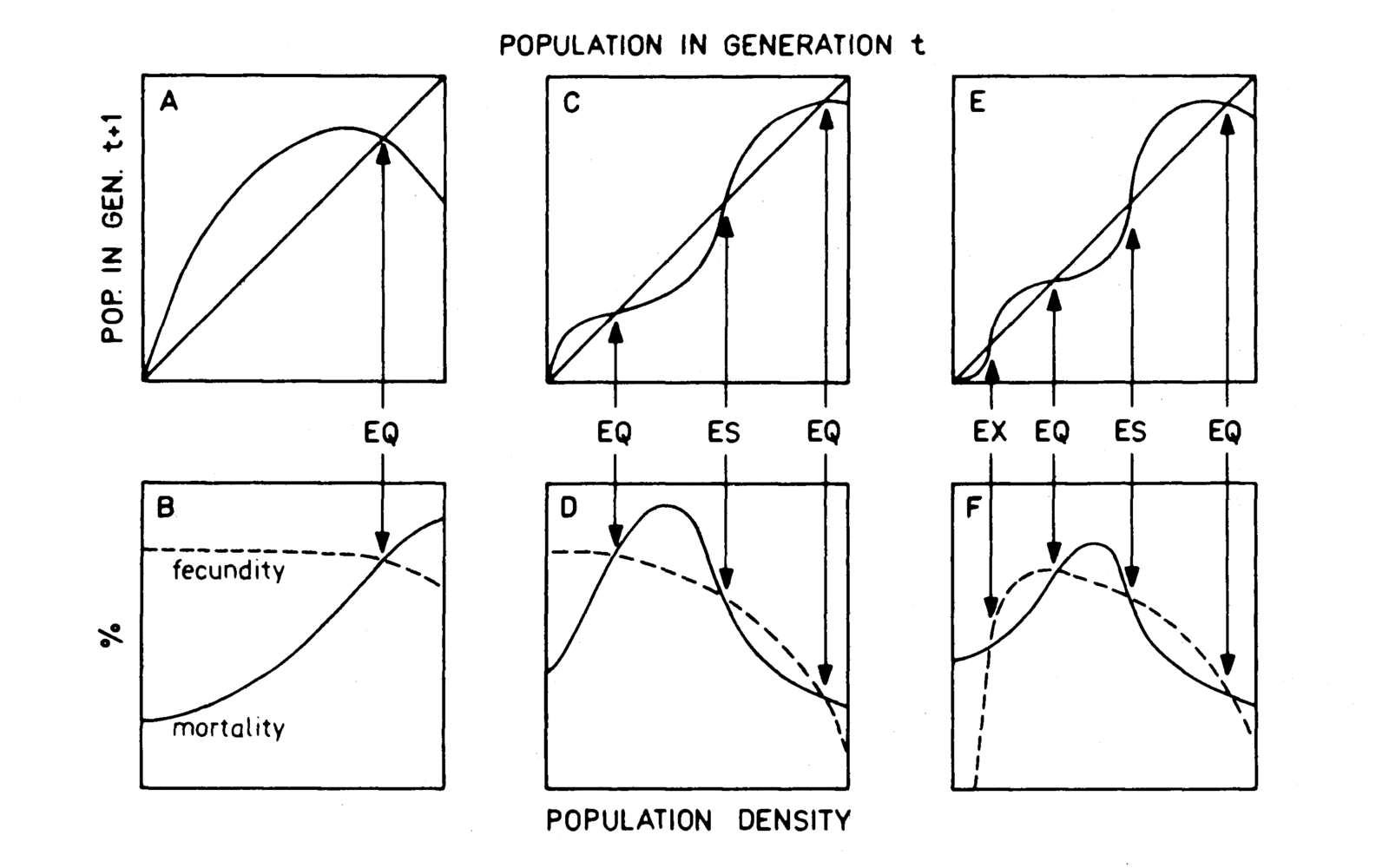

.png,1600)
